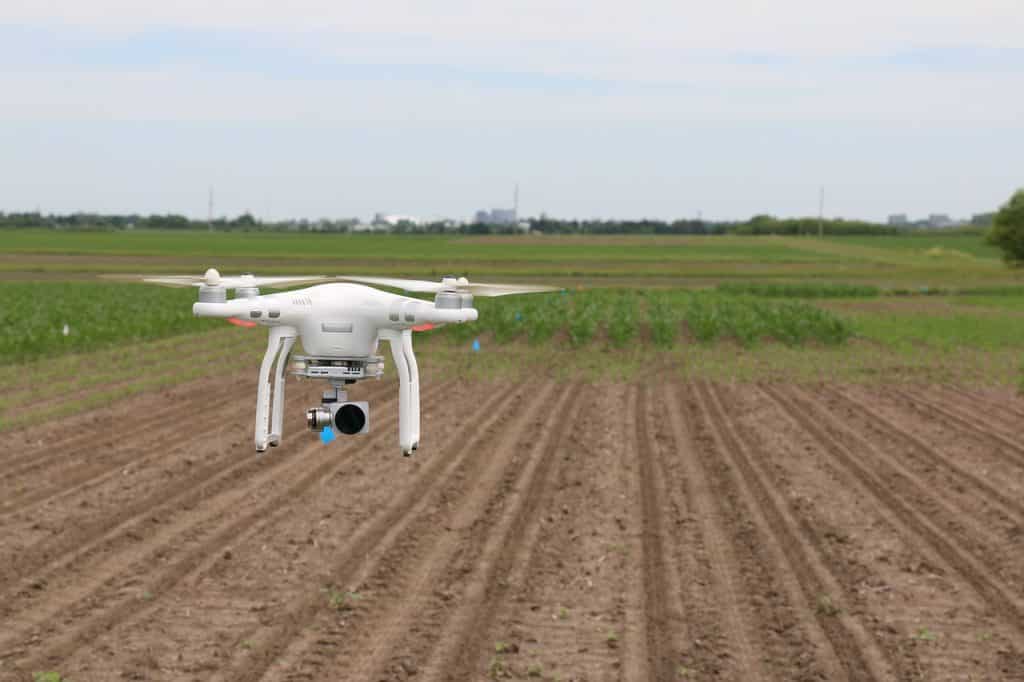
The use of smartphones, the Internet of Things and better data connection speeds are opening up new opportunities for commercial drone operators. But how does artificial intelligence help drones?
We all use data in some form or another. We record it in different ways, access it though varying devices, and it has numerous practical uses. Whether it’s logging where we have been, what we have spent money on, or changes to a journey schedule – we need and utilise data.
Drones are no different, at least not in the last couple of years. They are now smart devices, very mobile and capable of performing multiple tasks. They are mini computers in the sky.
How Have Drones Changed?
When unmanned aerial vehicles first came onto the scene, the battery technology, gyroscopes and accelerometers for positioning were all heavy and expensive.
Because of the cost, only a limited number of operators could justify flying drones. The true potential was restricted.
However, just as Formula One racing cars push technological boundaries that ultimately improve the cars we all drive, advances in other industries have boosted the development of UAVs.
Mobile phone technology has certainly helped drones.
The battery technology has switched from NiCad/NiMH batteries to significantly lighter lithium ion batteries. Advances in gyroscopes and accelerometers have assisted research that improves positioning and manoeuvrability.
This has all opened up new ways for commercial UAV operators to harness the power of drones and offer an increased range of services to customers.
Are Drones Like Robots?
No, not really. A robot is usually a machine that mimics human actions and runs a set of programmes to complete a series of pre-defined tasks. Drones, however, can be operated by a pilot or fly autonomously.
The crossover comes with artificial intelligence. Robots are learning, so they tell us. Through deep learning algorithms robots can build up data and information so that they learn from experiences. This improves efficiencies and helps to reduce errors and costs.
The same can apply to drones. Thanks to advanced computational power and improved GPS systems, drones can be flown around a set path, but also programmed to record valuable data at the same time. This can then be used to improve subsequent flight plans, reduce air time and focus on collecting relevant information for customers.
What Tasks Can Drones Perform?
Airborne drones can also be used to coordinate other personnel and vehicles from above. Project managers can assess live footage as drones pass data to other devices.
For security teams, farmers and construction site coordinators, drones can also be used to process information in real time. The benefits here come in minimising the use of more expensive personnel and resources.
Only when human intervention is required will a drone “call out” and operator. This could be when a security line is breached, when areas of crops have been damaged or if structural faults have been identified on a building.
Drones “learn” to react when a given set of conditions are met.
The result is more efficient use of resources thanks to drones helping to spread the work load. Far from replacing jobs, unmanned aerial vehicles can add value, reduce costs, increase personal safety and free up skilled teams to work on other urgent projects.
To keep up to date with our blog posts, follow our Coverdrone Twitter page and Coverdrone Facebook page to be notified of updates!
